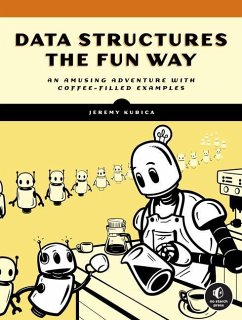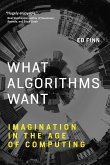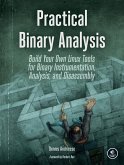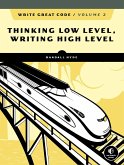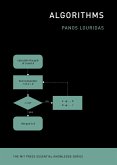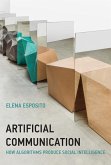Learn how and when to use the right data structures in any situation, strengthening your computational thinking, problem-solving, and programming skills in the process.
This accessible and entertaining book provides an in-depth introduction to computational thinking through the lens of data structures a critical component in any programming endeavor. You ll learn how to work with more than 15 key data structures, from stacks, queues, and caches to bloom filters, skip lists, and graphs. You ll also master linked lists by virtually standing in line at a cafe, hash tables by cataloging the history of the summer Olympics, and Quadtrees by neatly organizing your kitchen cabinets, all while becoming familiar with basic computer science concepts, like recursion and running time analysis.
This accessible and entertaining book provides an in-depth introduction to computational thinking through the lens of data structures a critical component in any programming endeavor. You ll learn how to work with more than 15 key data structures, from stacks, queues, and caches to bloom filters, skip lists, and graphs. You ll also master linked lists by virtually standing in line at a cafe, hash tables by cataloging the history of the summer Olympics, and Quadtrees by neatly organizing your kitchen cabinets, all while becoming familiar with basic computer science concepts, like recursion and running time analysis.

